Curious Question: Where is the world’s shortest street?
Martin Fone investigates the location and genesis of the world's shortest street.
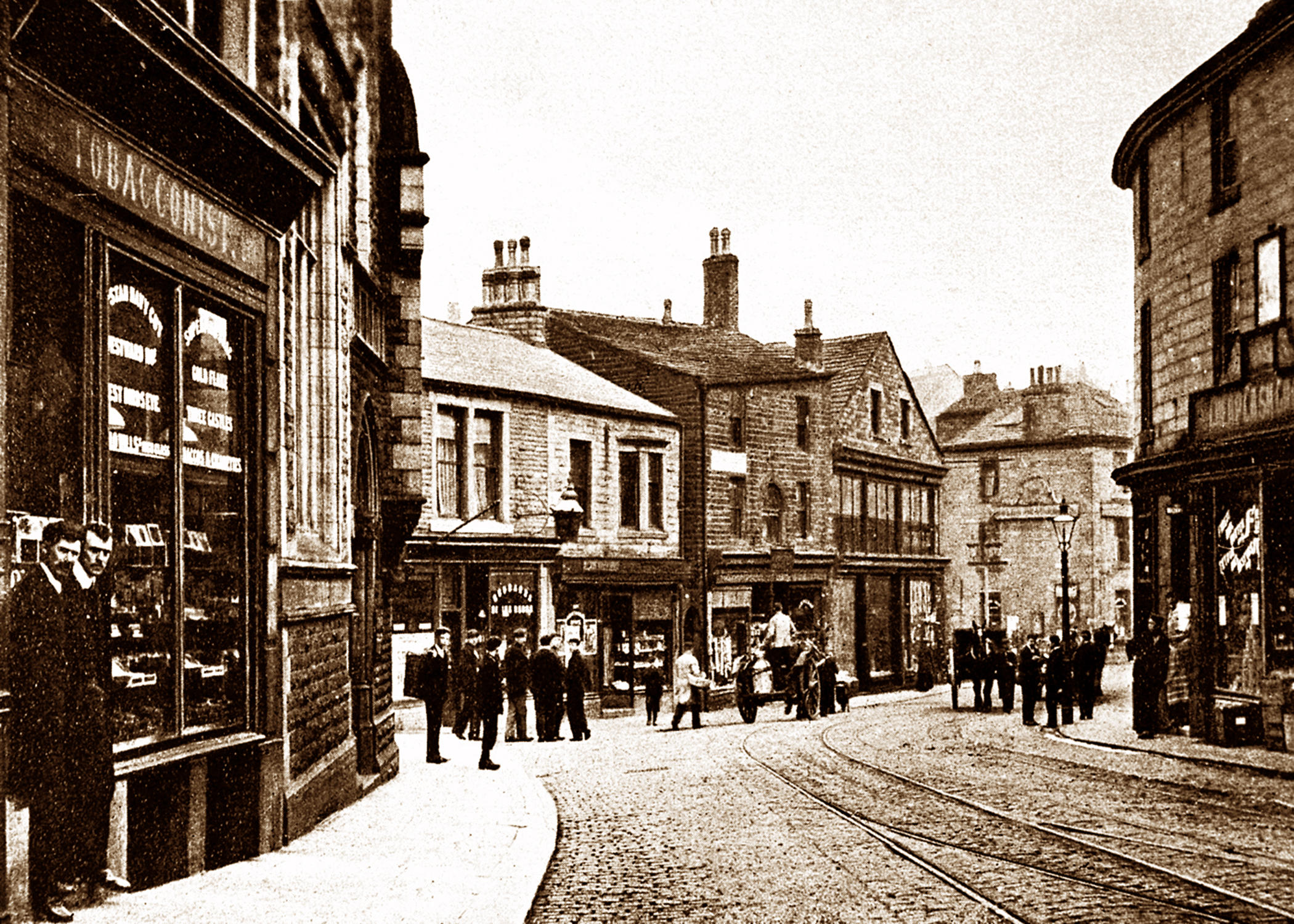

What is in a name? A lot, it would seem, if a study conducted by Barclays Mortgages in 2019 into the relative difference in average values of property based on the first line of their address is to be believed. The most valuable suffix to have in your postal address, they claimed, was Lane followed, in descending order, by Way, Road, Close and Avenue. The value of properties of those living in a common or garden Street was nearly 30% below that of the national average and a whopping £100,000 lower than those enjoyed by the residents of a Lane.
Property valuation is more complex than that, of course, but you can tell a lot about an area and its history from the names allocated to its thoroughfares. For years I had puzzled why a road near my house was named after a minor American novelist who wrote about the Wild West and gold rushes, Bret Harte. Did it reflect the whim and dubious literary taste of the planner at the time? A little metaphorical digging led me to unearth the fact that Bret Harte lived out his later years in the area and I found his grave in our local churchyard in Frimley.
Local councils, thanks to the Towns Improvement Clauses Act of 1847 and the Public Health Act, 1925, have the onerous responsibility of assigning street names, powers exercised usually as result of a new development or because the existing name has fallen into disfavour. Factors determining the name include the character of the area, the sensitivities of residents and the needs of local organisations such as the emergency services and the Post Office. Once the name has been agreed upon, it is held on a central database, the National Land and Property Gazetteer.
Are there any rules governing the choice of Lane over Street and, indeed, what is the difference between a road and a street? The Americans, great believers of the grid system for town planning, determine that a road is anything that connects two points, while a street is a public way that has buildings on both sides of it. An avenue, which must run perpendicularly to a street, will have buildings or trees on either side. Lanes are narrow roads, often found in rural areas.
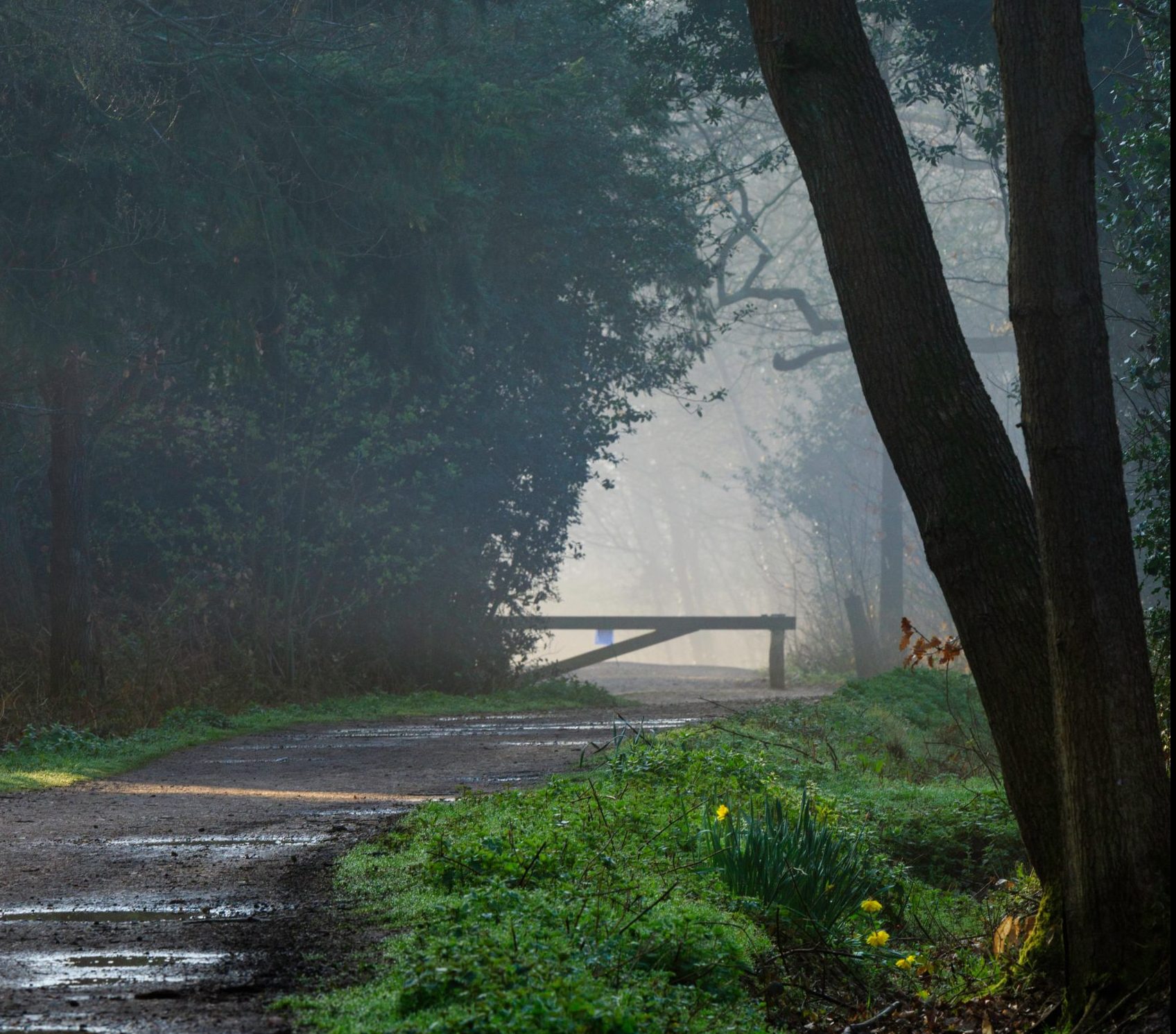
Here in Britain, we are characteristically vaguer. Whilst our planners are happy to be prescriptive on the use of Crescent, for crescent-shaped roads, Close, for cul-de-sacs, and Hill, for a hillside road, they are happy to use Road or Street to define any thoroughfare, for Way to be used for major roads and to restrict the use of Avenue, Drive, Grove, and Lane to residential roads. Clearly, we are on the road to nowhere if we are looking for further clarity and most of us are content to use “road” and “street” interchangeably.
Controversy dogs strips of tarmacadam wherever you look. Take the world’s longest street. Urban legend has it that Yonge Street, once Toronto’s main thoroughfare, is the longest, stretching 1,178 miles from the Lake Shore in Toronto to Rainy River on the border of Ontario and Minnesota. It was confidently stated as such in the Guinness Book of World Records until, in 1999, it was quietly dropped after it was pointed out that it merged into Highway 11 some 56 kilometres from its starting point in Toronto. That category has now disappeared, replaced by the world’s longest road. the Pan-American Highway which runs from Alaska’s Prudhoe Bay to Ushaia in Argentina, a mere 29,800 miles.
Baldwin Street in Dunedin has had an uphill struggle to establish its claim to fame as the world’s steepest street. A cul-de-sac of just under 1,150 feet, it starts off with a modest gradient of 1:5 but after the 529-foot point, as you climb towards Buchanan Street, it becomes a little more challenging with a gradient of 1:3.41 before sorting the sheep from the goats at the end with a gradient of 1:2.86 or 35%. That was enough for the Guinness Book of World Records in 1988 to crown it as the world’s steepest, making it a tourist attraction of sorts for the intrepid.
Exquisite houses, the beauty of Nature, and how to get the most from your life, straight to your inbox.
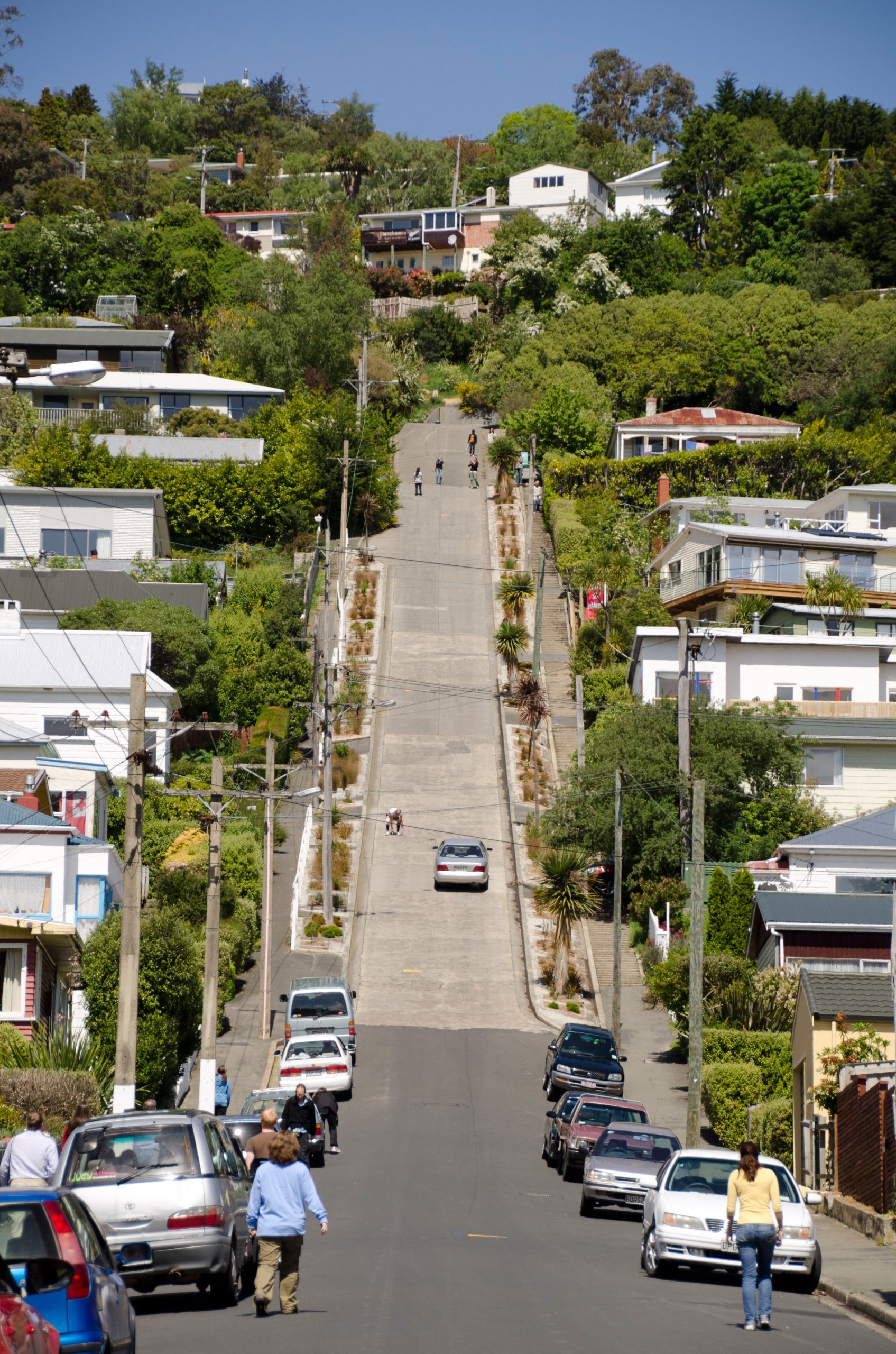
Trouble for the Kiwis came in the form of a challenge from the men (and women) of Harlech. One of the two roads surrounding the town’s castle, Fford Pen Llech, had a gradient at its steepest stretch of 1:2.73 or 36.63%, they claimed, enough for it to be awarded the title on July 16, 2019. Another appeal ensued and the method for determining gradient was modified, using the central axis rather than the steepest 10 metre stretch. Baldwin Street, recording a 34.8% gradient compared with Fford Pen Llech’s 28.6%, was reinstated as the world’s steepest on April 8, 2020.
When I was born my parents lived in Bacup, an unprepossessing town on the western slopes of the South Pennines in the upper Irwell valley. One of its claims to fame rested with Elgin Street, now accessible by a walkway from Bank Street and Lord Street, measuring just seventeen feet in length and acknowledged as the world’s shortest street. That is until 2006.
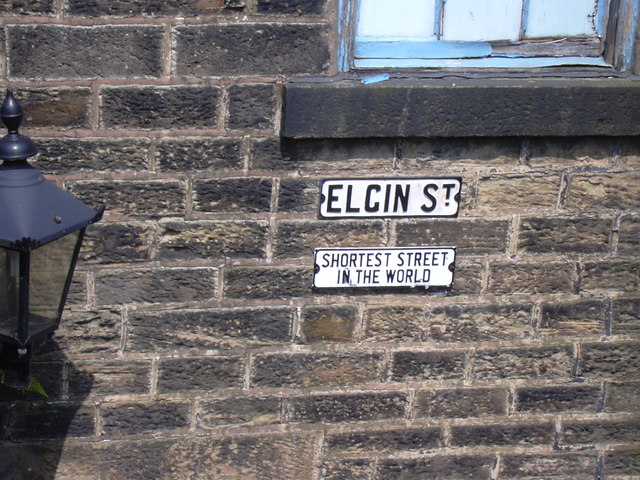
Wick in the northern reaches of Scotland was a boom town in the 19th century, capitalising on its fine harbour, a combination of the vision of Sir William Pultney and the engineering acumen of Thomas Telford, and its proximity to the shoals of migrating herring. At its height, in the 1860s, more than 1,100 fishing vessels were based at Wick in the summer season on the hunt for the “silver darlings”, quadrupling the town’s population.
Then there were the “herring lassies”, 3,500 of whom gutted 50 million herring on Wick harbour in just two days in 1867 before packing them into barrels made by the 650 coopers in the town. After twelve weeks they would follow the herring shoals down to Great Yarmouth and Lowestoft. Overfishing and the loss of menfolk during the First World War put paid to the boom in the early 1920s.
Alexander Sinclair made his fortune in America. Returning to Wick in 1883, he built Mackays Hotel, conveniently situated down the hill from the railway station to capitalise upon the influx of people seeking accommodation. Designed to resemble a boat, its wedge-shaped design left a short piece of the building in neither Union Street nor River Street. The council, regarding the shortest side of the hotel as a street in its own right, named it Ebenezer Place and it has appeared in the town’s records since 1887. Aside from a mention in Robert Louis Stevenson’s Treasure Island, no one else paid it any attention. That is, until 2006.
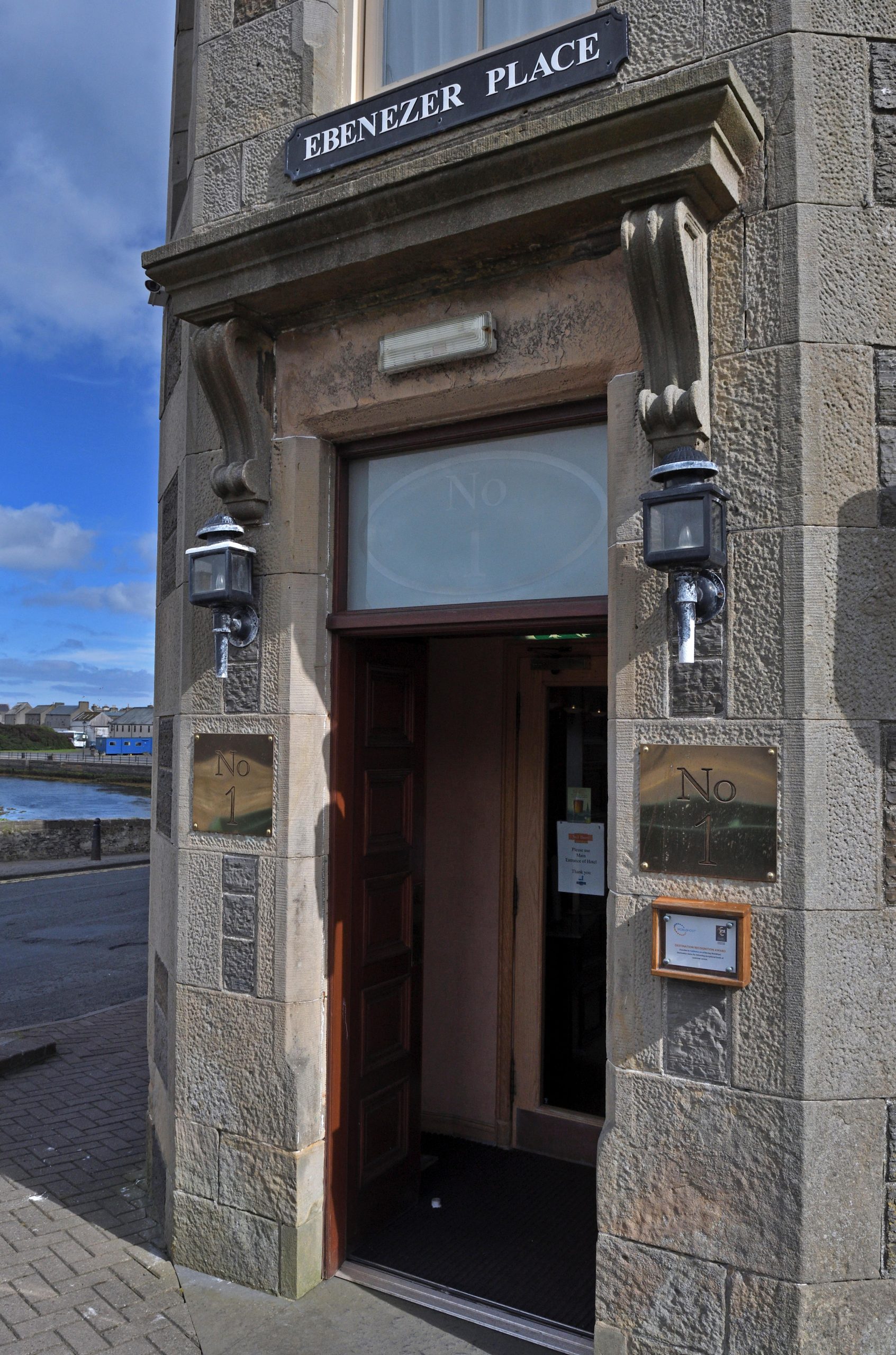
The hotel’s manager, Murray Lamont, after installing a new entrance for a bistro, took out his ruler and discovered that Ebenezer Place was a mere six feet nine inches in length. After some lobbying and a fifty-hour journey for the editor-in-chief of the Guinness Book of Records to reach Wick, it was officially recognised as the world’s shortest street.
Wick’s gain was Bacup’s loss, but is a Place a street? It is all very perplexing.

Curious Questions: How likely are you to be killed by a falling coconut?
Our resident curious questioner Martin Fone poses (and answers) another head scratcher - or should we say, head banger?

Credit: Alamy
Curious questions: Are you really never more than six feet away from a rat?
It's an oft-repeated truisim about rats, but is there any truth in it? Martin Fone, author of 'Fifty Curious Questions',
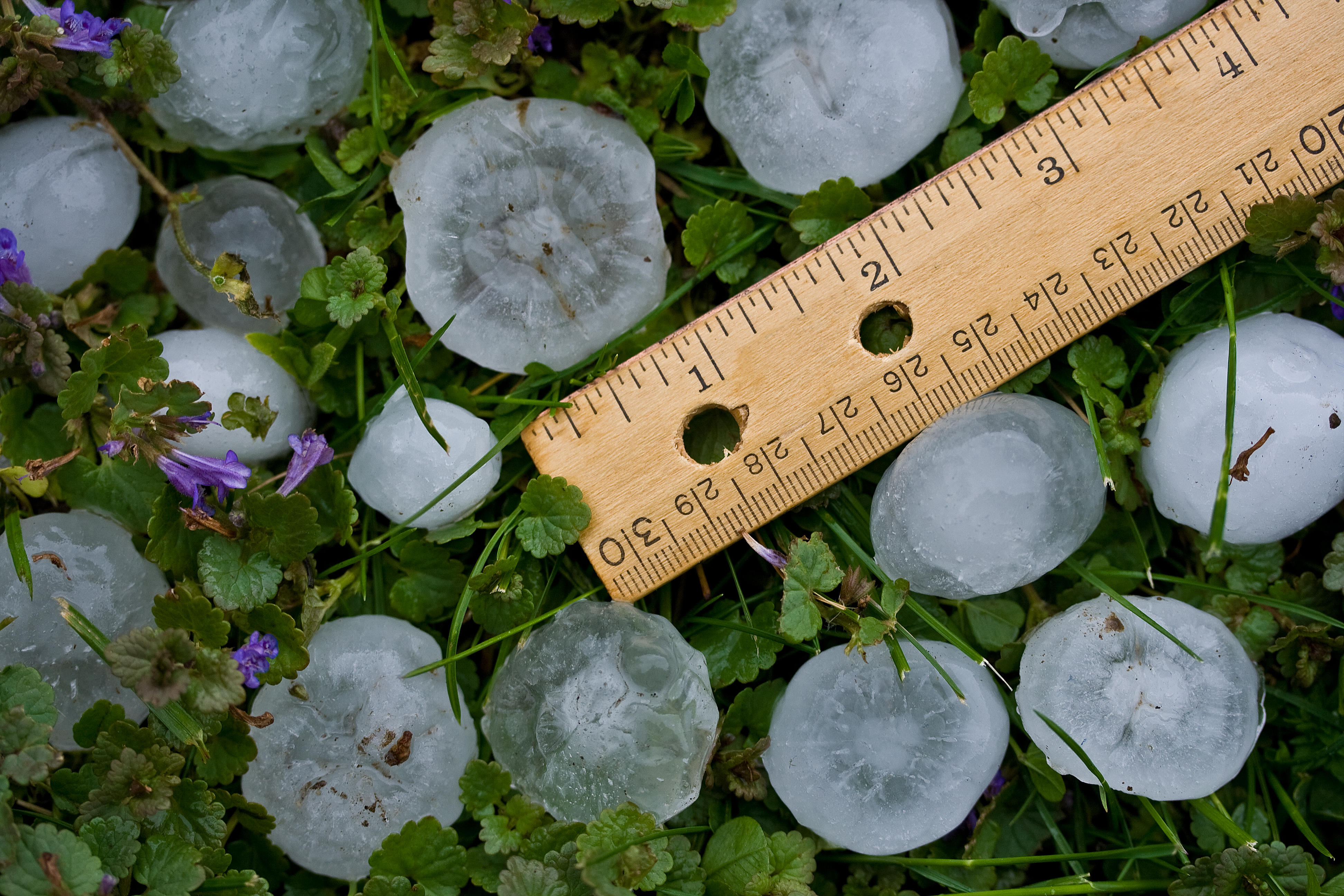
Curious Questions: How are hailstones formed? And how big can they get?
Inspired by the recent wacky weather, Martin Fone — author of 50 Curious Questions — turns his gaze to what

Credit: Rex
Curious Questions: Why do we still use the QWERTY keyboard?
The strange layout of keyboards in the Anglophone world is as bafflingly illogical. Martin Fone, author of 'Fifty Curious Questions',
After graduating in Classics from Trinity College Cambridge and a 38 year career in the financial services sector in the City of London, Martin Fone started blogging and writing on a freelance basis as he slipped into retirement. He has developed a fearless passion for investigating the quirks and oddities of life and discovering the answers to questions most of us never even think to ask. A voracious reader, a keen but distinctly amateur gardener, and a gin enthusiast, Martin lives with his wife in Surrey. He has written five books, the latest of which is More Curious Questions.
